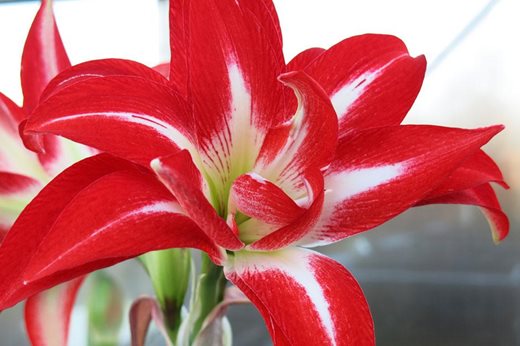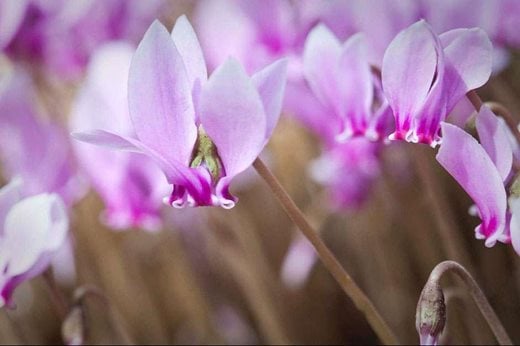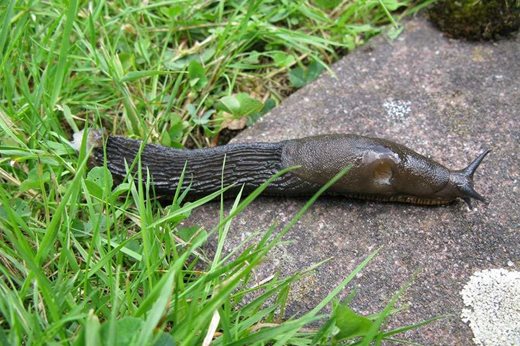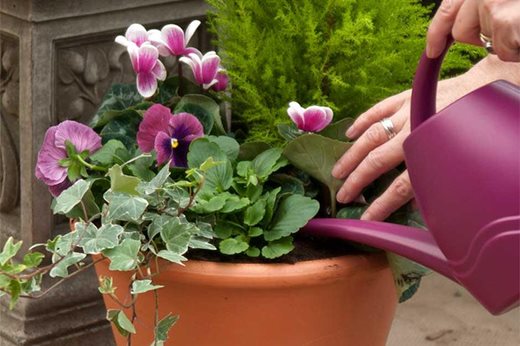Houseplants
 Pot up Hippeastrum (amaryllis) bulbs, and bring them back into active growth with regular watering and feeding. They should give you beautiful flowers for the festive season.
Pot up Hippeastrum (amaryllis) bulbs, and bring them back into active growth with regular watering and feeding. They should give you beautiful flowers for the festive season.
Reduce watering and feeding of houseplants as the days shorten.
Stand tropical houseplants on trays of wet gravel to counteract the drop in humidity when the central heating comes on. Grouping them together also helps to create a humid microclimate around your houseplants.
Check any bulbs (e.g. hyacinths and ‘Paper White’ daffodils), being forced in darkness into early growth. When they have made about 2.5cm (1in) growth, bring them into a light, cool room or frost-free greenhouse to grow on. When flower buds appear, they can be brought into warmer rooms to provide a seasonal display.
Cacti and succulents need a period of relative dormancy over the winter: keep them barely moist, and do not feed. Resume normal care next spring to bring them back into active growth and flowering.
Christmas cacti can be managed in the same way as other cacti, or in reverse, for flowering at Easter or Christmas respectively.
Clivia benefit similarly from a rest period over winter.
Pelargoniums can be cut back, de-leaved, watered less, not fed, and kept relatively dormant and just moist, over the winter. Re-potting, watering and feeding in the spring will bring them back into active growth. They must be kept at around 10°C (50°F) while dormant.
In the greenhouse
 Cyclamen can be sown now, with a bottom heat of 12-15°C (54-60°F). They will need about 14 months to produce flowers.
Cyclamen can be sown now, with a bottom heat of 12-15°C (54-60°F). They will need about 14 months to produce flowers.
Lily-of-the-valley (Convallaria) can be dug up, potted and forced in the greenhouse at this time of year. Rhizomes that are kept in a frost-free greenhouse over winter will stay in active growth, but given a little heat, they will be ready to flower shortly after replanting in the garden next spring.
Heat and/or insulation will be needed to keep the greenhouse frost free. A fan or paraffin heater should do the trick in small glasshouses. Maintaining higher temperatures will need more careful planning, and a better greenhouse heating system. Greenhouse insulation can help keep out the frost from the whole, or from a section, of the greenhouse.
Complete cleaning out spent crops from the greenhouse, if not yet done. Clean and disinfect the greenhouse structures with Jeyes Fluid or Citrox.
Make sure you have removed all shading paint from the greenhouse panes, in order to maximise light levels in the darker months of the year. If applying glasshouse insulation, to attach it only to the sides and north facing roofs to let in as much light as possible.
If you enjoy working in your greenhouse over the winter, then consider installing greenhouse lighting to make this possible even on dull days and during the evening or early morning.
Pest and disease watch
 Cyclamen are prone to grey mould at this time of year. Make sure when deadheading to take out the flower stems as well as the flower heads.
Cyclamen are prone to grey mould at this time of year. Make sure when deadheading to take out the flower stems as well as the flower heads.
Maintaining some air movement in the greenhouse or conservatory, even when the weather is cold, will help to reduce problems with fungal diseases such as Botrytis (fluffy grey mould). Opening vents slightly (but not enough to create damaging draughts) in the morning, and then closing them in the early afternoon to conserve heat, will provide enough ventilation to help keep fungal problems at bay.
Keep an eye out for pests, as they may become more active in mild spells during autumn.
Slugs are often found lurking underneath pots and other protected areas.
Many pests can overwinter in nooks and crannies in the glasshouse structure (especially in wooden houses), and in the bark of woody houseplants and vines. Mealybugs and scale insect nymphs are commonly found and should be picked off. Grape vines often have their old bark stripped off before winter, to reduce the number of hiding places for pests like these.
When bringing plants into the house or greenhouse, check them carefully for any pests and diseases they may have picked up in the garden. Unhappy looking plants can always be tipped out of the pot to examine their rootballs for signs of over or under watering, or for soil pests like vine weevil larvae.
Maintenance
 Regularly pick off and sweep up yellowing or dead leaves, and faded flowers, before disease problems develop and spread.
Regularly pick off and sweep up yellowing or dead leaves, and faded flowers, before disease problems develop and spread.
This is a good time to clean all your old pots and seed trays, so that they are ready for next spring’s flurry of activity. Thorough cleaning will reduce pest and disease problems, and will make your propagation and sowing yields much greater.
Check that the greenhouse heater is still working, if you have not done so already. Replace any spent wicks or broken parts on paraffin heaters, and get electric or gas heaters serviced if necessary.
Take care when watering house- and greenhouse plants – you shouldn’t wet the leaves, as they take a long time to dry in the cool November weather, and dampness can encourage fungal diseases. It is best to water in the morning, giving leaves time to dry off before the night.

